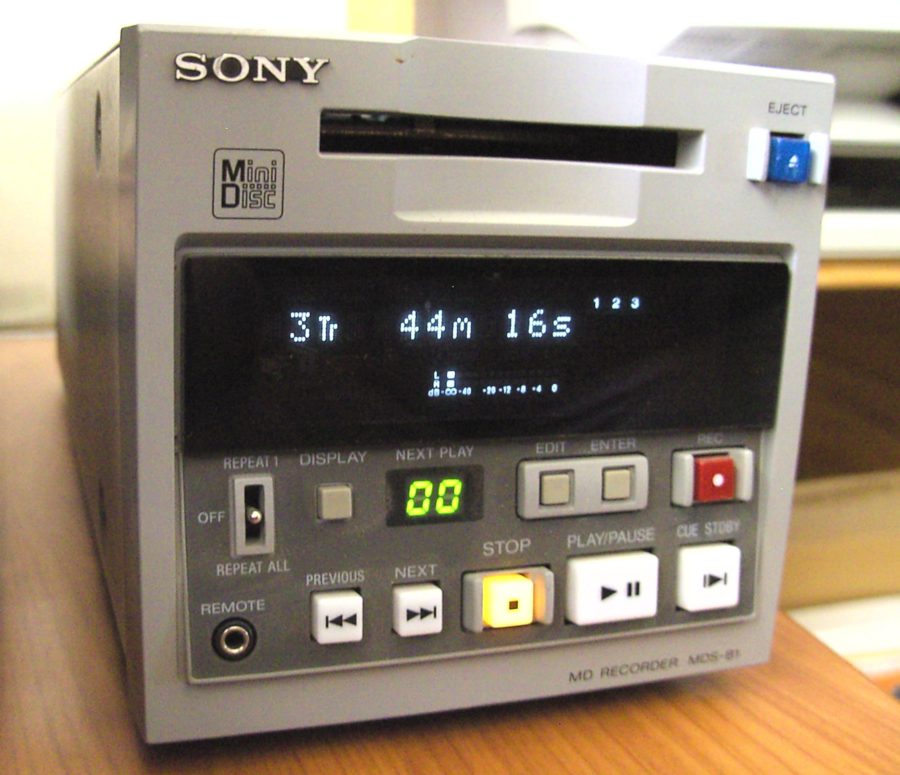Things You Must Know About Digital Media Players For Supporting Your Digital Signage System

The digital signage is fast becoming a must-have accessory for restaurants that are keen to take advantage of digital technology to bolster their brand and business. The digital menu board is the central piece of attraction due to its high powers of suggestive selling that the retail food industry has to depend on. The best thing about digitizing menu boards is that it reveals ample information to customers who need no further assistance in selecting the item of their choice. The enhanced customer engagement that results from these menu boards adds real value to the business that more than recovers the cost of technology. It saves time and money and ensures smoother operations that create a band of happy customers.
The system of digital signage comprises of the flat LED screen supported by a digital media player that runs the system. The digital signage media player is the heart of the digital signage system because this small machine is responsible for storing and displaying content on the screens. Even though similar sounding, digital media players are entirely different from the Real Player or Windows Media Player that comes loaded with desktop computers and laptops which are software media players.
A digital media player is a hardware device that is capable of supporting the content management software used (CMS) for displaying content on the digital signage screen. It provides the interface between the screen and the CMS that enables transmission of content. The digital media player works in the way a computer would have made efforts to support the CMS, but it has unique features and capabilities that make it different from the PC. A device is an independent unit although some signage manufacturers have developed inbuilt media players that remain embedded in the screens. However, the stand-alone device is still more popular.
When buying a digital signage system, you might face some confusion in selecting the media player that would suit the system. There are several types of media players available in different shapes, sizes, and configuration, as well as many different manufacturers and this, could make selection difficult. Despite all the differences, the devices meet the functionality of staying connected to a computer network to receive the data from the server of the signage system and then process it to produce video signals that display on the screen. You can add unique features to the media player to enhance its core functionality that gives more options of using the system more creatively.
The content management system (CMS) is software that is loaded into the media player that behaves like a computer to store and use data for displaying in video format on the screen. However, for more flexibility in data storage, a more economical option is to use the cloud facility for storing data that the media player can access. Manufacturers develop software to suit their system, and the software is unique to it. You cannot use the software to run other digital signage systems.
You can either store data locally, on a network or the internet.
Using the media player as a computer, you can store data in it. Another option for data storage is to have a server for catering to the needs of big corporations that have several locations and users. The third option is to use the cloud facility on the internet to store data that you can update by using software or do it from your website. To take care of interruption in internet connectivity, some CMS will cache content that it receives from the web and supply it to the media player so that the display can continue even when there is no internet connection. Unless it is necessary to use the internet for data storage, the local storage on the media player is a safe choice from the point of continuous display.
Which type of media player will suit your purpose will depend on the goals that you want to achieve by using the digital signage system. Once you have set the goals, you would come to know which type of content would be best to realize the goals of communication and information sharing. As soon as you can finalize the type of content concerning the types of files along with the distribution and scheduling patterns, it will be clear to you what kind of software support you would require displaying the content. The software that you need will direct you to the type of digital media player that would be suitable for you.
Look at the durability of the media player during selection and ensure that it fits into the installation strategy of the system.
